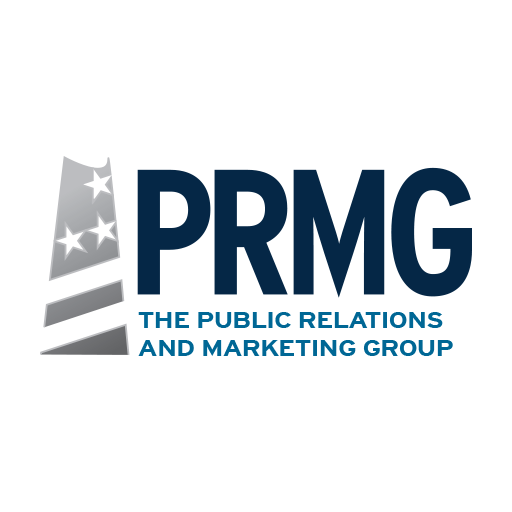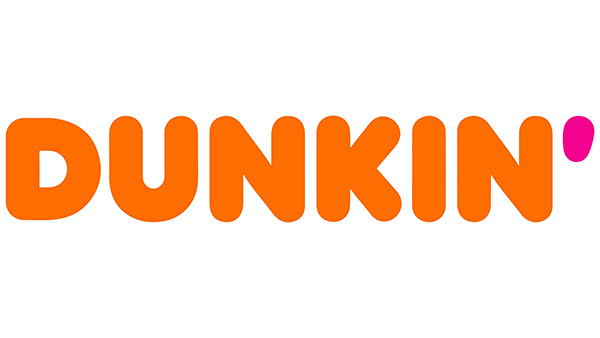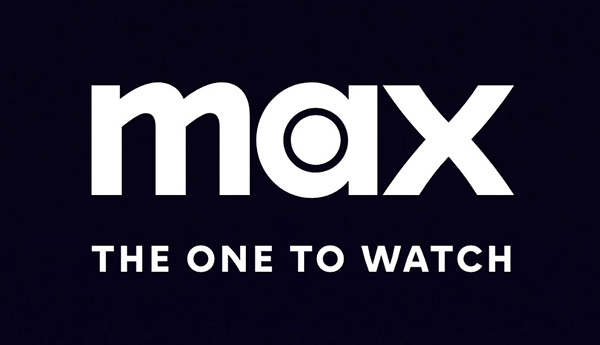Imagine this scenario: Your company decides to rebrand its logo by changing its font. No big deal, right?
Wrong. Or at least not if you are IKEA. Last week, a Swedish resident was reading an IKEA print advertisement in a local newspaper when he noticed the IKEA typeface looked different. He sent out a message over Twitter and learned from IKEA’s advertising agency that IKEA had recently adopted a new font. As Time magazine reported in its recent article, very soon customers from Tokyo to Dublin to Melbourne were tweeting about how they thought the new font was “just plain ugly” and how disgusted they were with the font change. The IKEA font issue soon became a trending topic on Twitter, with fans across the globe talking about it, drawing even more tweets than Senator Edward Kennedy.
IKEA’s font furor proves yet again what many brand theorists have always asserted: A brand is defined by its customers, not the company that creates it. The book Groundswell: Winning in a World Transformed by Social Technologies, quotes Ricardo Guimaraes, founder of Thymus Branding in Brazil. According to him, “the value of a brand belongs to the market, and not to the company and the company is, in a way, only a tool to create value for the brand.”
With brands being defined by your customers, it becomes even more important to pay close attention to what they have to say. Because, whether you like it or not, customers can talk and connect with each other over social networks and exchange reviews and opinions about you and your product or service. Instead of avoiding participation in these conversations out of fear of criticism or a backlash, companies are better off jumping in and leveraging the buzz to crowdsource ideas and better improve their product or brand.
Take Dell for example. In 2006, “Dell Hell” became a popular phrase over the Internet – with online bloggers and customers complaining about Dell’s poor customer service. The company learned its lessons quickly, and soon launched its blog, Direct2Dell, to listen and engage directly with customers. Soon after, Dell launched IdeaStorm, a site where customers could brainstorm, discuss and submit ideas relating to Dell and its products, allowing them to directly participate in shaping the Dell brand. Since its launch, Dell has implemented 366 ideas submitted by customers.
Many companies spend heavily on costly market research to glean consumer insights. Though all your customers or audiences may not necessarily be online, social media allows you to obtain these insights for free by monitoring blogs, microblogs and social networks in real time, often allowing you to spot trends, test ideas, identify influencers or to respond quickly to what could brew into a potential PR crisis. Using tools like Google Alerts, Technorati, Google Reader, GoogleBlogSearch and Twitter search, you can easily monitor and listen to what’s being said about you. Hiring an agency may be a good idea if you do not have the time or the resources to keep an ear to the ground for you.
In the end, no matter whom the brand belongs to – customers or your company – listening more closely to your customers will make them feel valued, creating more brand loyalty and better engagement. The positive word-of-mouth publicity this will generate will give your brand a tremendous boost.
For more information on our social media and digital marketing services, contact PRMG at johnzaher@theprmg.com.


